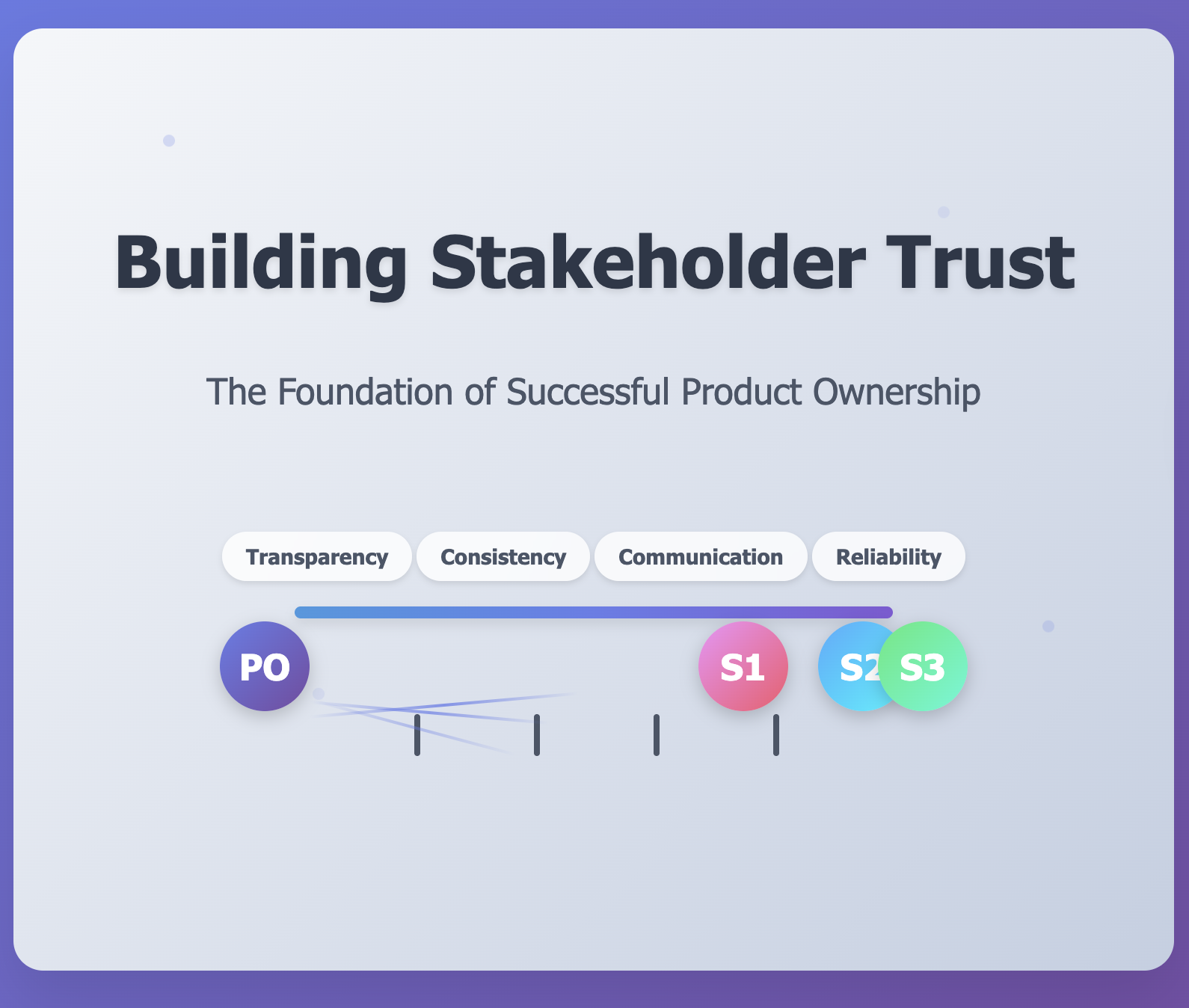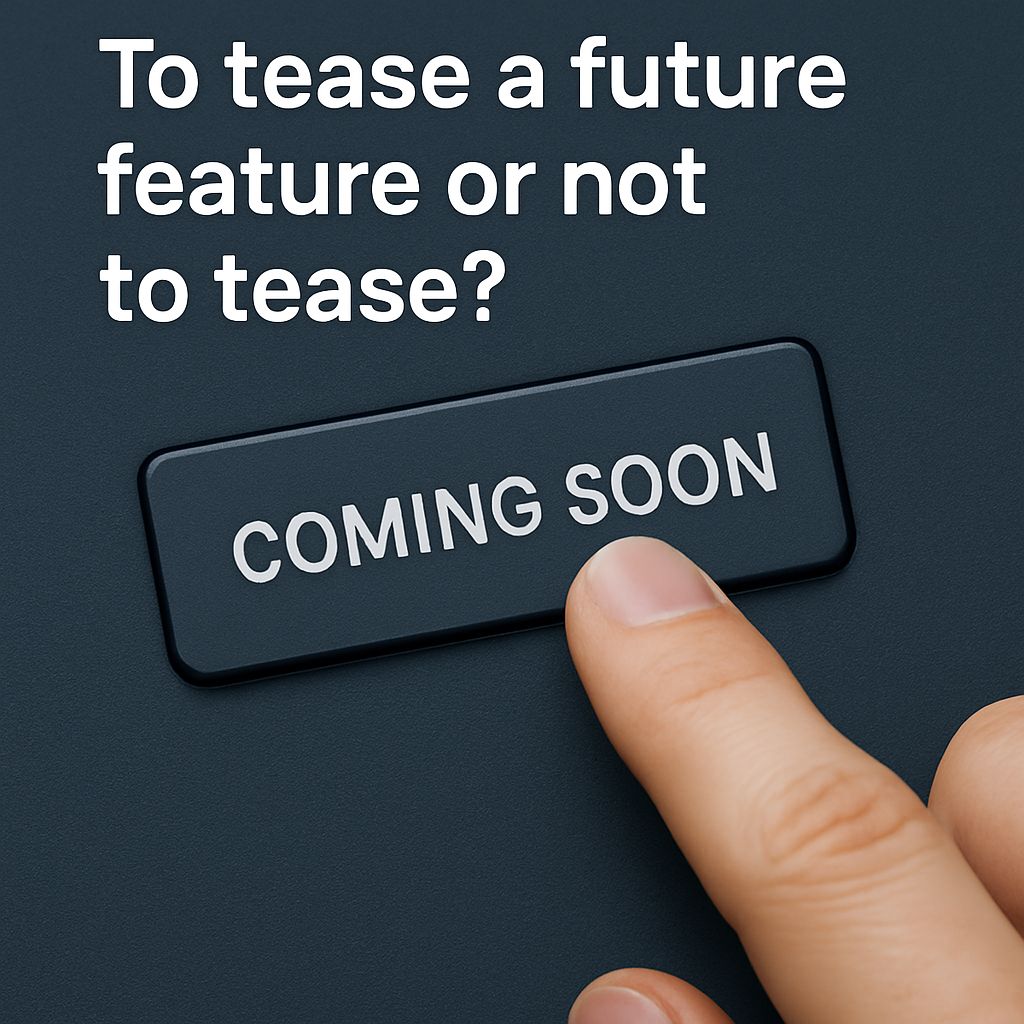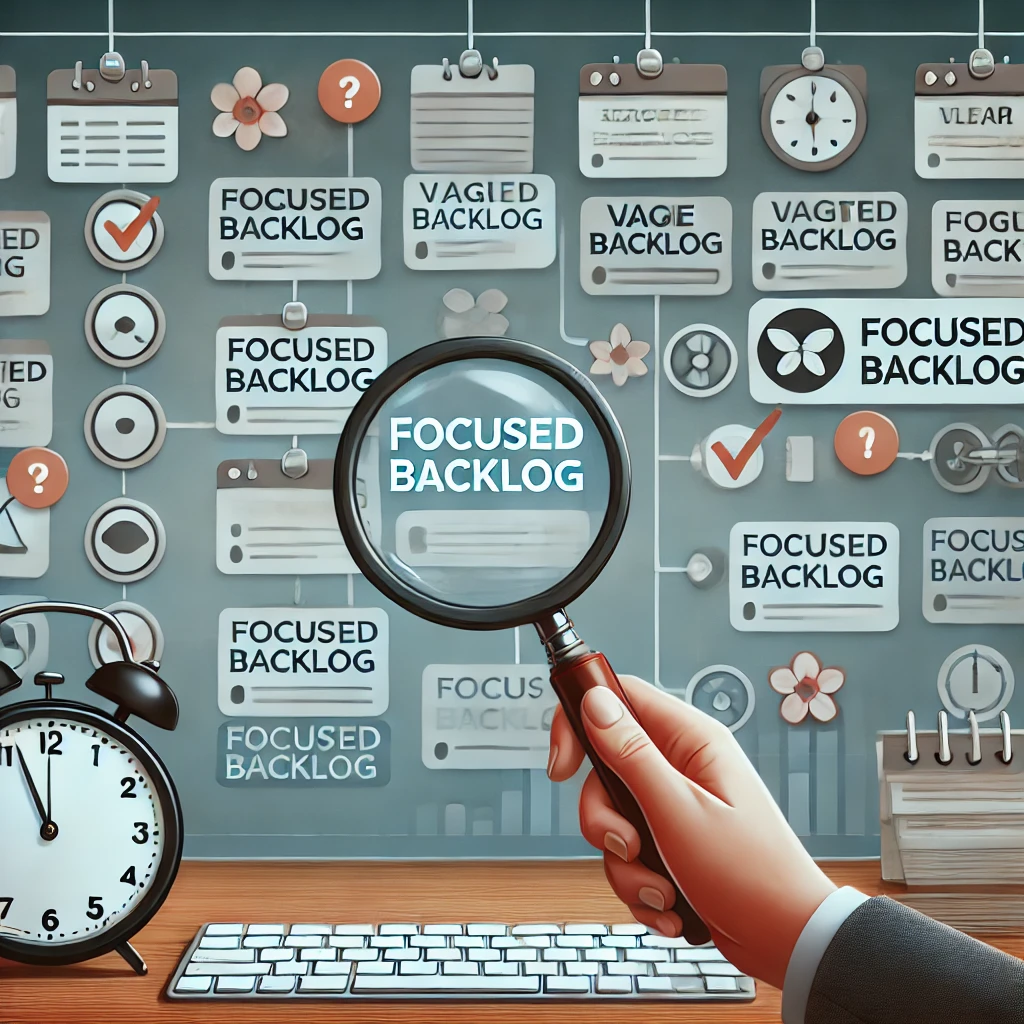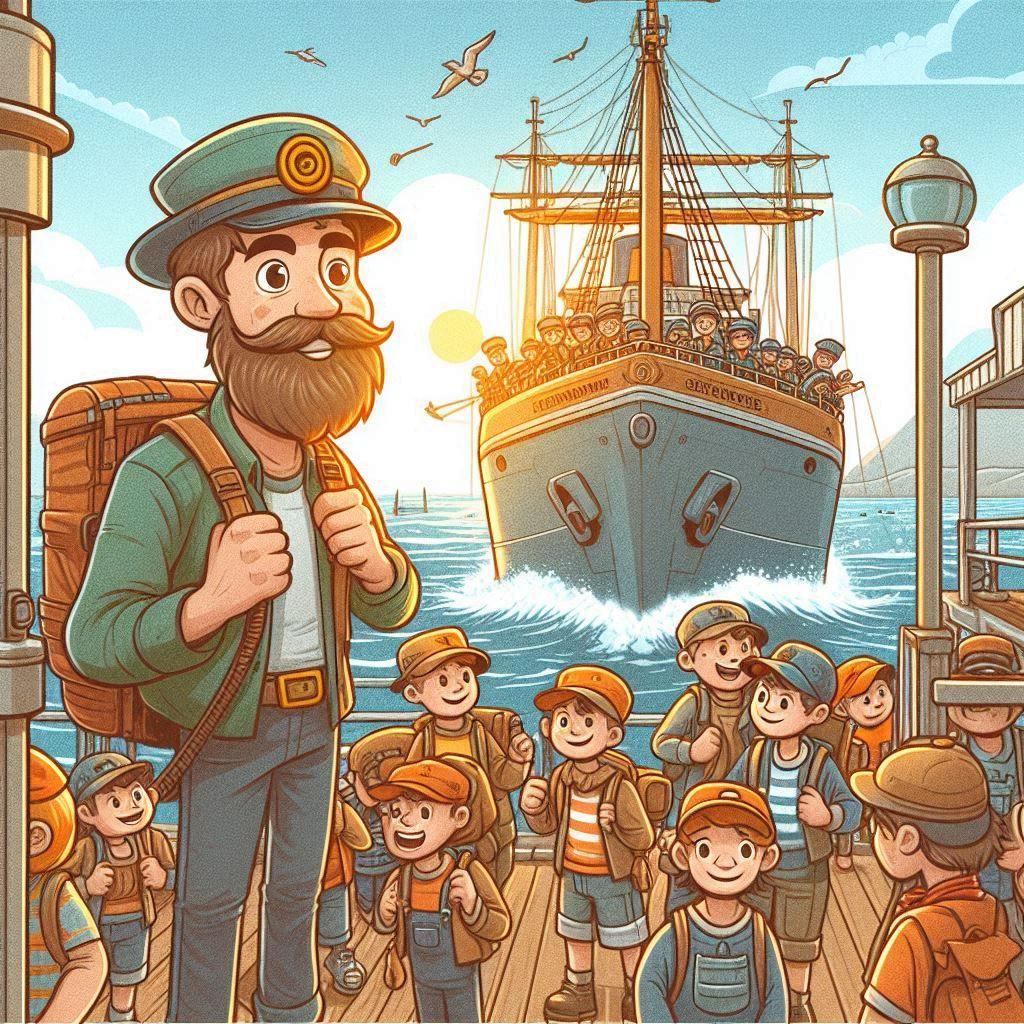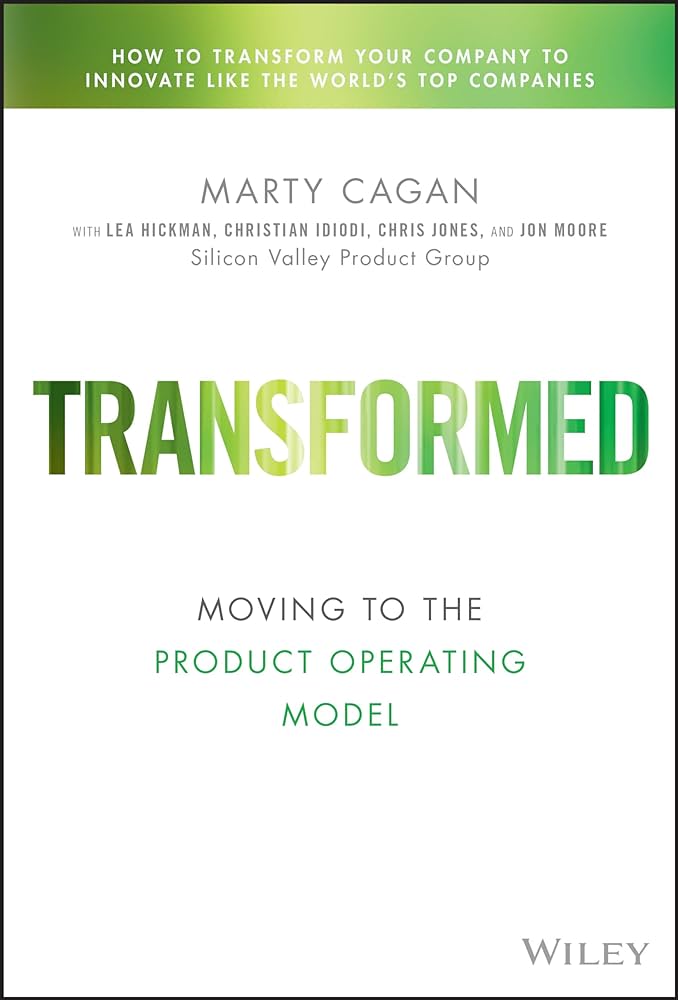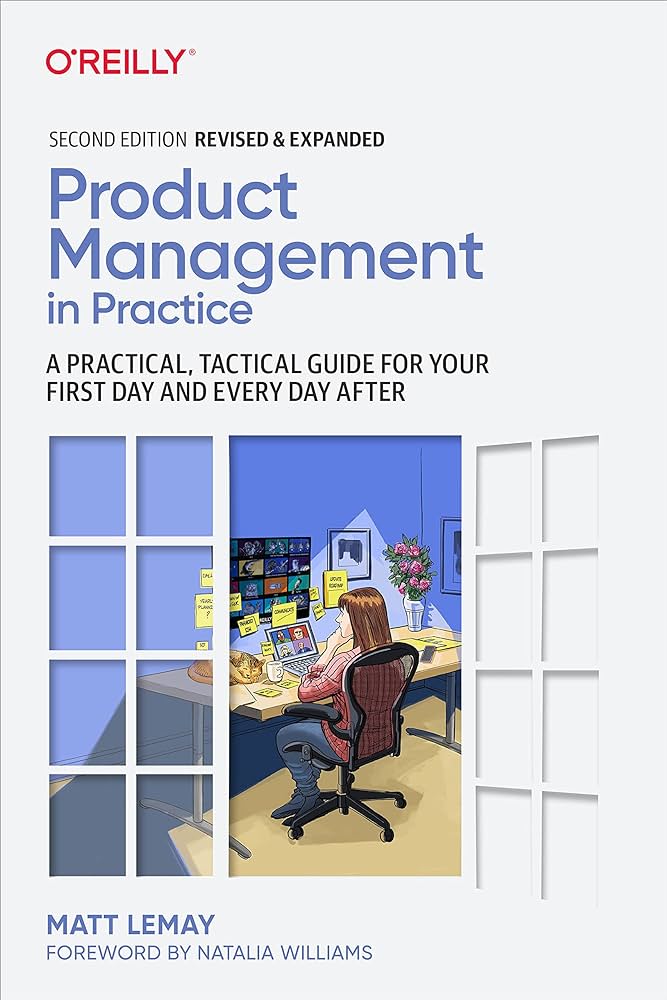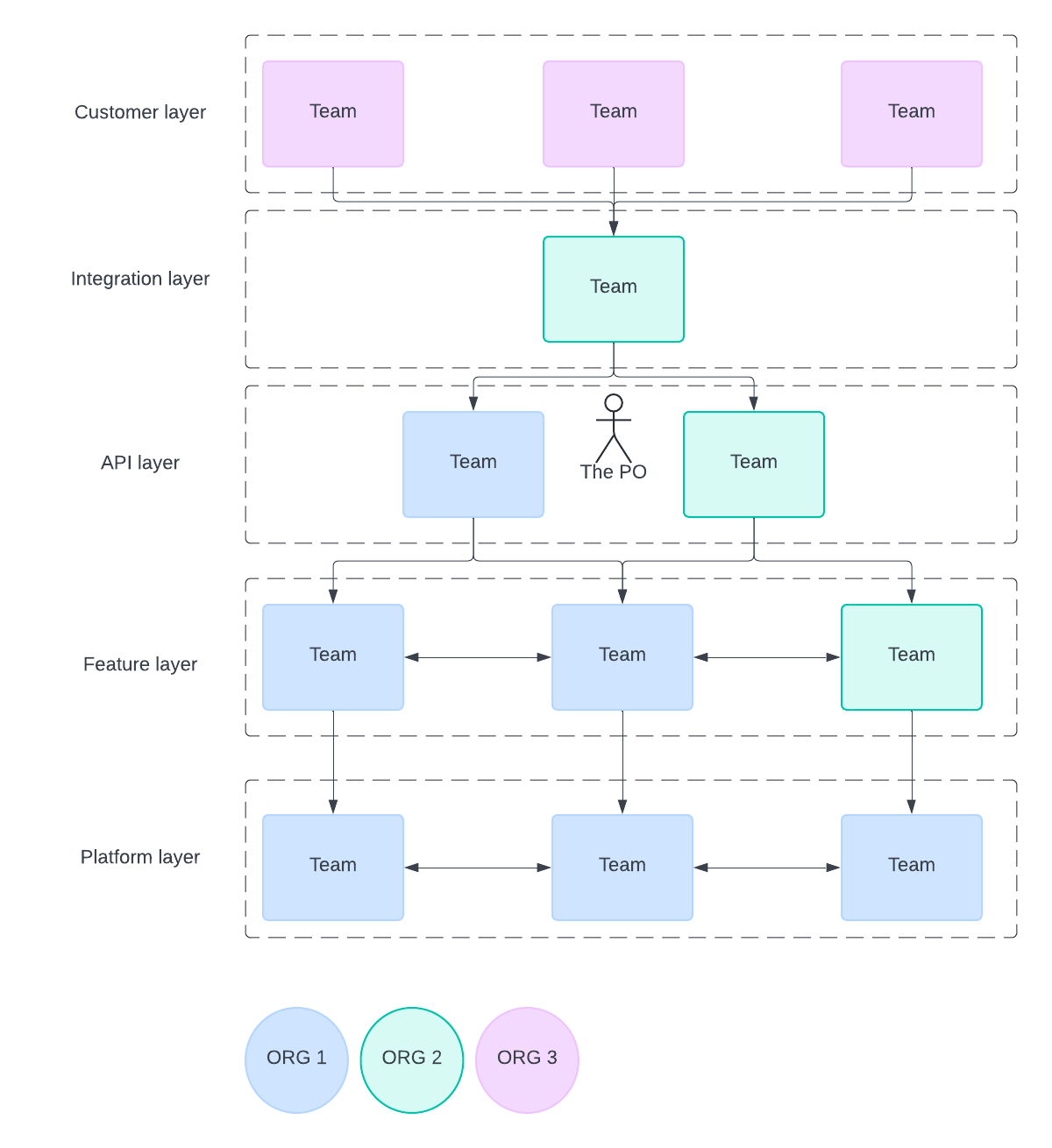Recently, LinkedIn asked me to share my insights to be eligible for the "Top Voice" badge. I realized that I have something to share with my followers in a more extended way than typical (ChatGPT-generated) answers to those top-voice questions.
Definition and classification of dependencies
As usual, let's start with the definition, which is rather made on my own. When you need someone to do something so you can do your work, that is a dependency. Postponing the dependency means a delay in delivering your work and the expected outcome, which causes financial losses.
Your team/service can have one or several dependencies and be a dependency for someone else. Sometimes it can be both. And dependencies might be temporary when you need something to be done once or permanent when you continuously need something to operate.
There can be external dependencies, meaning that you are waiting for something to be done outside your organization. Or that will be done inside your organization, which is an internal dependency.
We can distinguish cross-team, cross-stream, and cross-department dependencies, each with its own peculiarities.
In my world, dependency means an API or a software library. In your world, that may be anything else, like a vehicle part or a plumber to fix a pipeline leak.
